Optimal Timing for Asphalt Sealings
Proper timing for asphalt sealings is essential to maximize durability and effectiveness. The optimal time depends on weather conditions, pavement age, and local climate patterns. Sealings are most effective when applied during periods of mild temperatures and low moisture levels.
Spring offers ideal conditions for sealings with rising temperatures and reduced moisture, promoting proper curing.
Early summer can be suitable if temperatures are moderate and humidity is low, ensuring proper adhesion and curing.
Fall is often recommended due to cooler temperatures and lower rainfall, which help sealings set properly.
Winter is generally unsuitable because freezing temperatures hinder proper curing and adhesion.
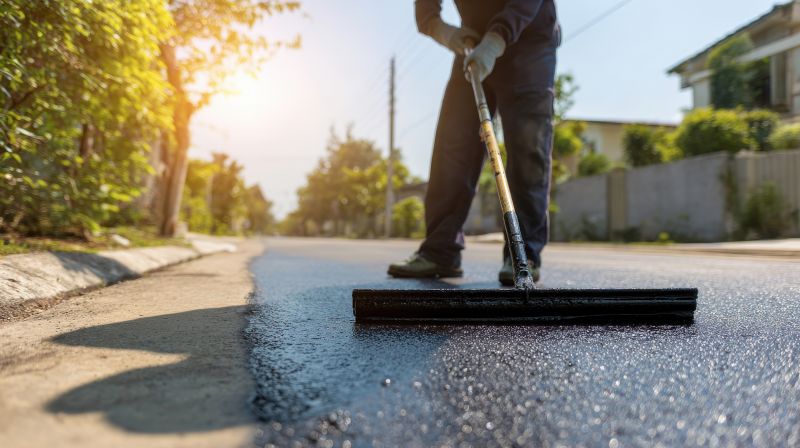
Applying sealings during spring can protect pavement from summer wear.
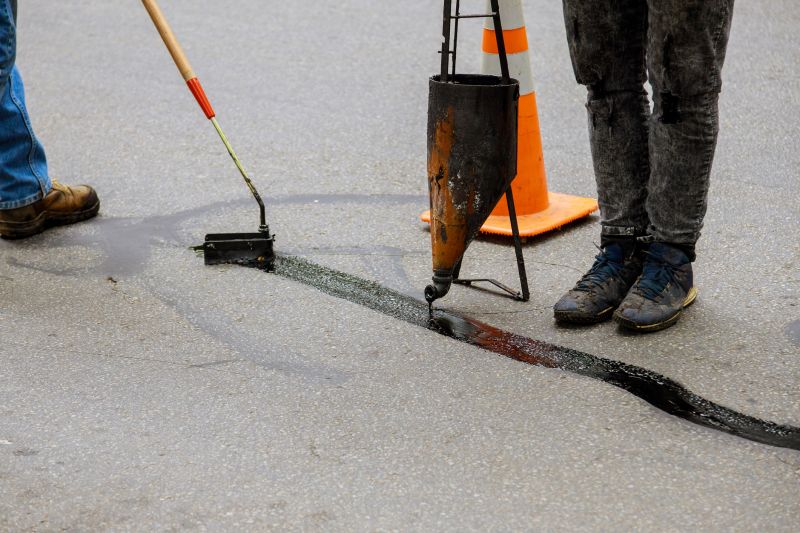
Early summer is suitable when temperatures are moderate for proper curing.
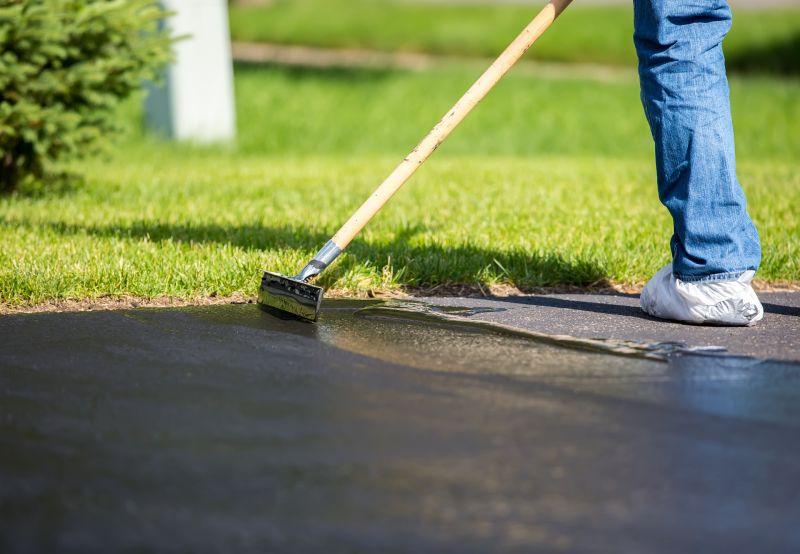
Fall applications take advantage of cooler, dry conditions for long-lasting results.
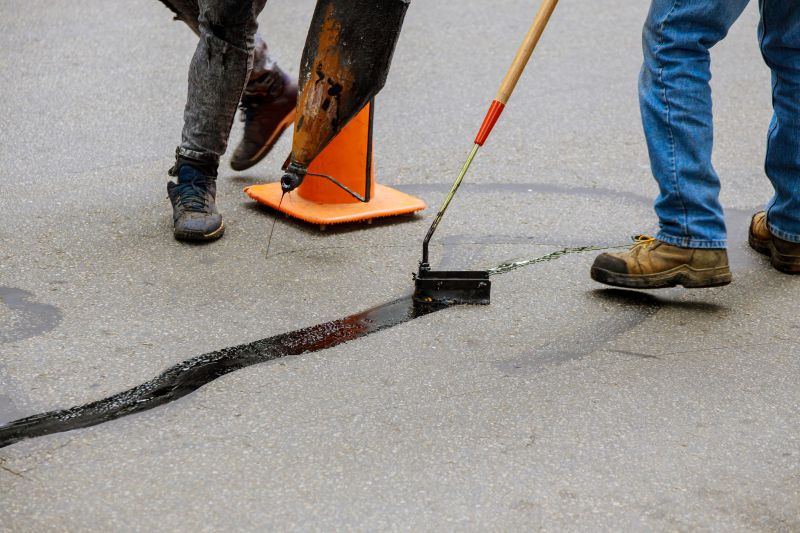
Winter applications are discouraged due to freezing temperatures and moisture issues.
Asphalt sealings serve as a protective barrier that extends the lifespan of pavements by preventing water infiltration, reducing oxidation, and minimizing surface damage. They are a cost-effective maintenance solution that can significantly improve the appearance and functionality of asphalt surfaces.
Statistics indicate that properly timed sealings can extend pavement life by up to 50 percent, reducing long-term repair costs. Regular application, especially during favorable weather periods, maintains surface integrity and enhances safety by providing a smooth, skid-resistant surface.

Application process during optimal weather conditions ensures effective protection.

Completed sealings provide a durable, protective surface.

Regular sealing maintenance preserves pavement quality over time.
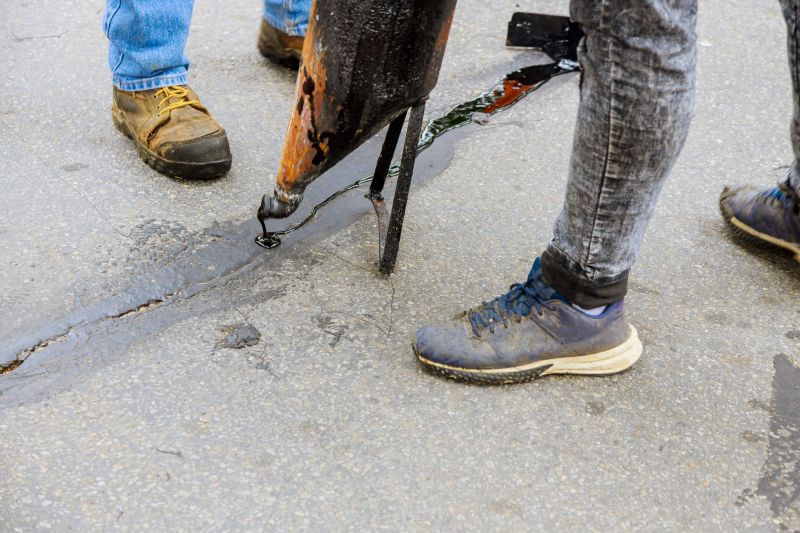
Inspection helps determine the best timing for sealings based on surface condition.
Individuals interested in asphalt sealings are encouraged to contact for more information. Proper timing and application can significantly enhance pavement lifespan and appearance, making maintenance more cost-effective and efficient.
